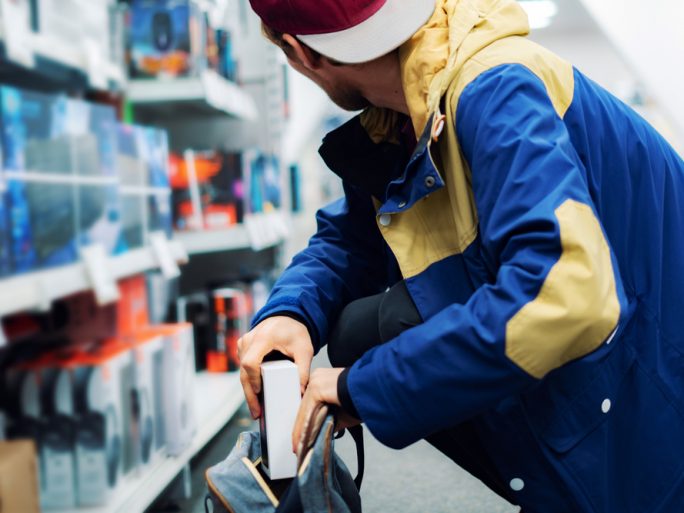Retail: Protect Against Theft with AI

The majority of inventory discrepancies in the German retail sector are caused by shoplifting.
Retailers try to protect themselves from theft with surveillance cameras, the use of trained security staff and attentive sales staff. However, according to a recent study by the retail research institute EHI, retailers were confronted with inventory discrepancies amounting to 4.1 billion euros last year. This means that the already very high level in Germany has risen by 15 percent for the second year in a row. In 2022, the shortfall in revenue amounted to 3.73 billion euros. Food and clothing retailers and drugstores are particularly affected.
AI recognizes movement patterns
The use of artificial intelligence can support theft protection. By integrating AI features into in-store surveillance cameras and connecting them directly to employees’ communication solutions, wireless headsets offer a way to prevent up to 60 percent of shoplifting in the retail sector.
With the help of AI, the cameras recognise customers’ movement patterns. As soon as they detect suspicious behavior, the system informs employees via their headsets. This notification also includes the location of the incident so that employees can decide whether to intervene directly or, for example, issue a verbal warning over the store’s public address system. The procedure can be flexibly adapted to the circumstances of each incident.
The system also learns. If a certain movement is mistakenly classified as suspicious, for example if a customer takes an item out of their bag instead of putting it away, the AI can be trained accordingly and will not trigger an alert the next time.
AI takes over data analysis
The solution helps to ensure that employees do not have to proactively keep an eye on multiple cameras. Furthermore, dedicated security personnel are no longer required. According to the manufacturer of the Wildix wireless headphones, the AI also takes over the analysis of the camera data. This saves retailers time and personnel resources.
Data protection plays a central role in video surveillance. If other cameras are already being used on the sales floor before the new AI is integrated, no additional steps are necessary. If the cameras are newly installed, a clearly visible notice must be placed stating that the store area is under camera surveillance.
The solution is therefore GDPR-compliant.Analyzing movement patterns to prevent shoplifting is just one of many use cases. The AI can also be trained to recognise medical emergencies and call for help – by employees or an emergency call. In principle, the solution can recognise any type of movement pattern and can therefore be used universally.